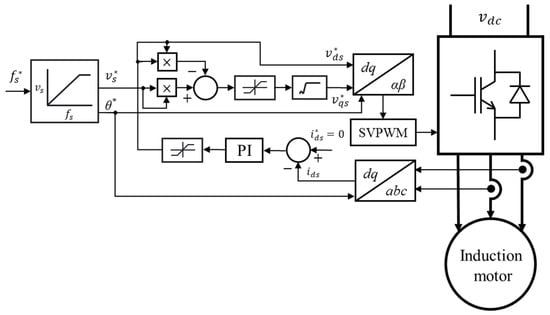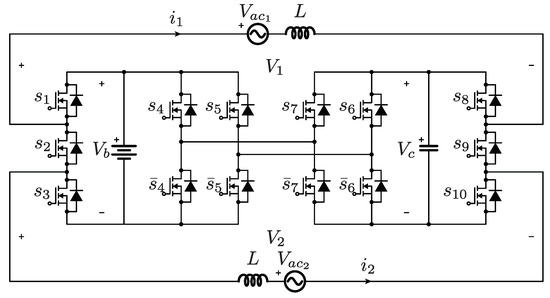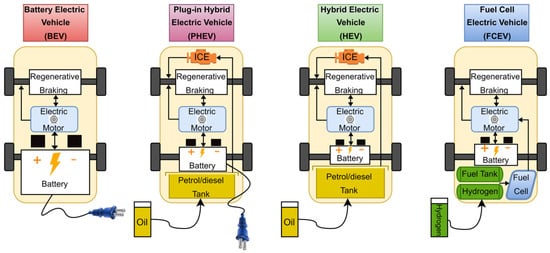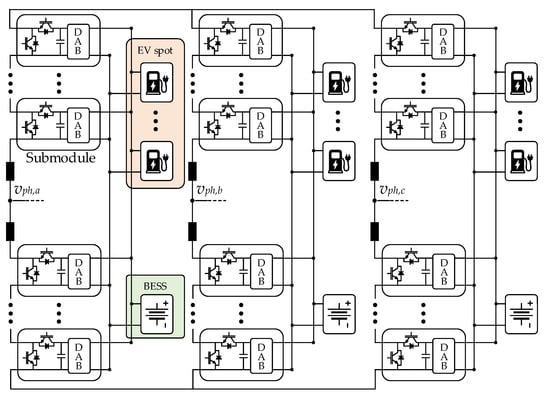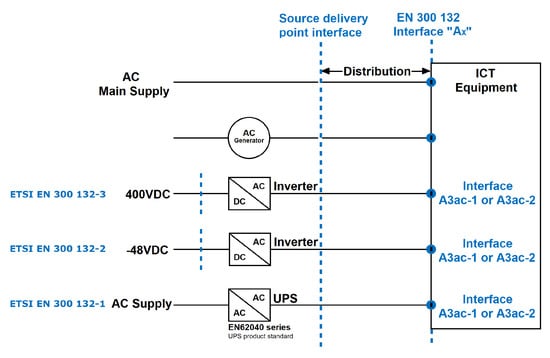Editorial Board Members’ Collection Series: Advances in Power Converters
A topical collection in Energies (ISSN 1996-1073). This collection belongs to the section "F3: Power Electronics".
Viewed by 19224Editors
Interests: power converters and control techniques for renewable energy systems; smart grids; transportation applications
Special Issues, Collections and Topics in MDPI journals
Interests: power electronics for automotives; power electronics for the grid integration of renewables and storages; the modelling and testing of storage systems
Special Issues, Collections and Topics in MDPI journals
Topical Collection Information
Dear Colleagues,
The energy transition is based on a wide electrification process, and power converters are key elements in this transition. In the actual power systems, power converters allow exploitation of renewable energy sources. Additionally, power converters enhance distributed power generation systems (DPGs) with control capabilities, flexible operation, ancillary features, and regulation possibility.
Power converters also have the same pivotal role in transportation electrification. In this field, light electric vehicles (EVs), more electric aircrafts (MEAs), electric ships, etc. are typical applications.
Coordinated operation of power converters and storage systems is required in this scenario; as a consequence, hierarchical and cascade control systems are applied with this purpose.
The Collection aims to collect innovative contributions in the field of power converters in reference to topologies, control systems, operation, and innovative applications. Analytical and assessment papers as well as case studies are relevant to the topic.
Authors of papers of exceptional quality can apply for a discount, and after been published, the manuscripts will be marked as “feature papers”.
Dr. Rosa Anna Mastromauro
Dr. Luigi Piegari
Collection Editors
Manuscript Submission Information
Manuscripts should be submitted online at www.mdpi.com by registering and logging in to this website. Once you are registered, click here to go to the submission form. Manuscripts can be submitted until the deadline. All submissions that pass pre-check are peer-reviewed. Accepted papers will be published continuously in the journal (as soon as accepted) and will be listed together on the collection website. Research articles, review articles as well as short communications are invited. For planned papers, a title and short abstract (about 100 words) can be sent to the Editorial Office for announcement on this website.
Submitted manuscripts should not have been published previously, nor be under consideration for publication elsewhere (except conference proceedings papers). All manuscripts are thoroughly refereed through a single-blind peer-review process. A guide for authors and other relevant information for submission of manuscripts is available on the Instructions for Authors page. Energies is an international peer-reviewed open access semimonthly journal published by MDPI.
Please visit the Instructions for Authors page before submitting a manuscript. The Article Processing Charge (APC) for publication in this open access journal is 2600 CHF (Swiss Francs). Submitted papers should be well formatted and use good English. Authors may use MDPI's English editing service prior to publication or during author revisions.
Keywords
- power converter topologies
- power converter control systems
- power converter applications
- power converter operation








